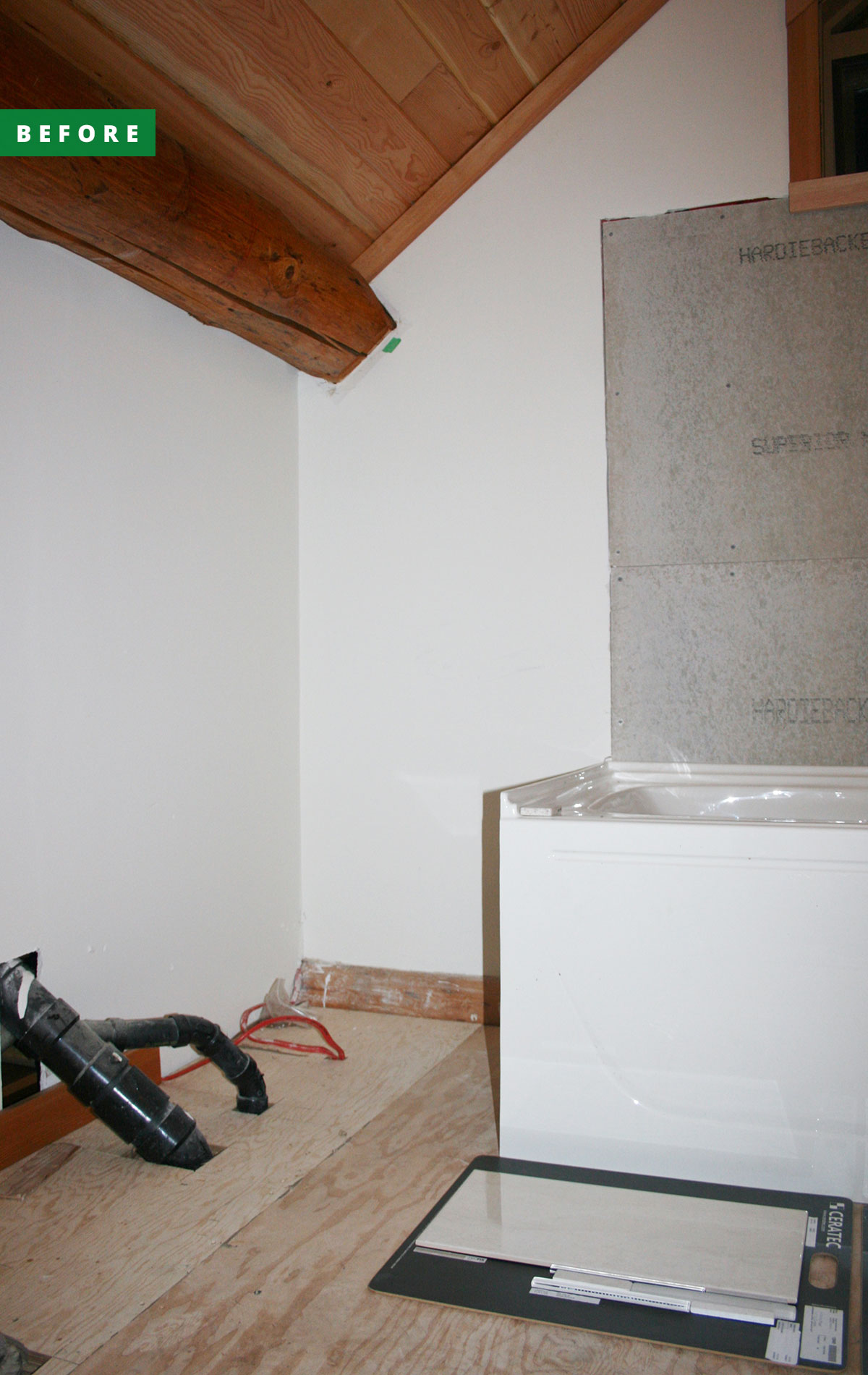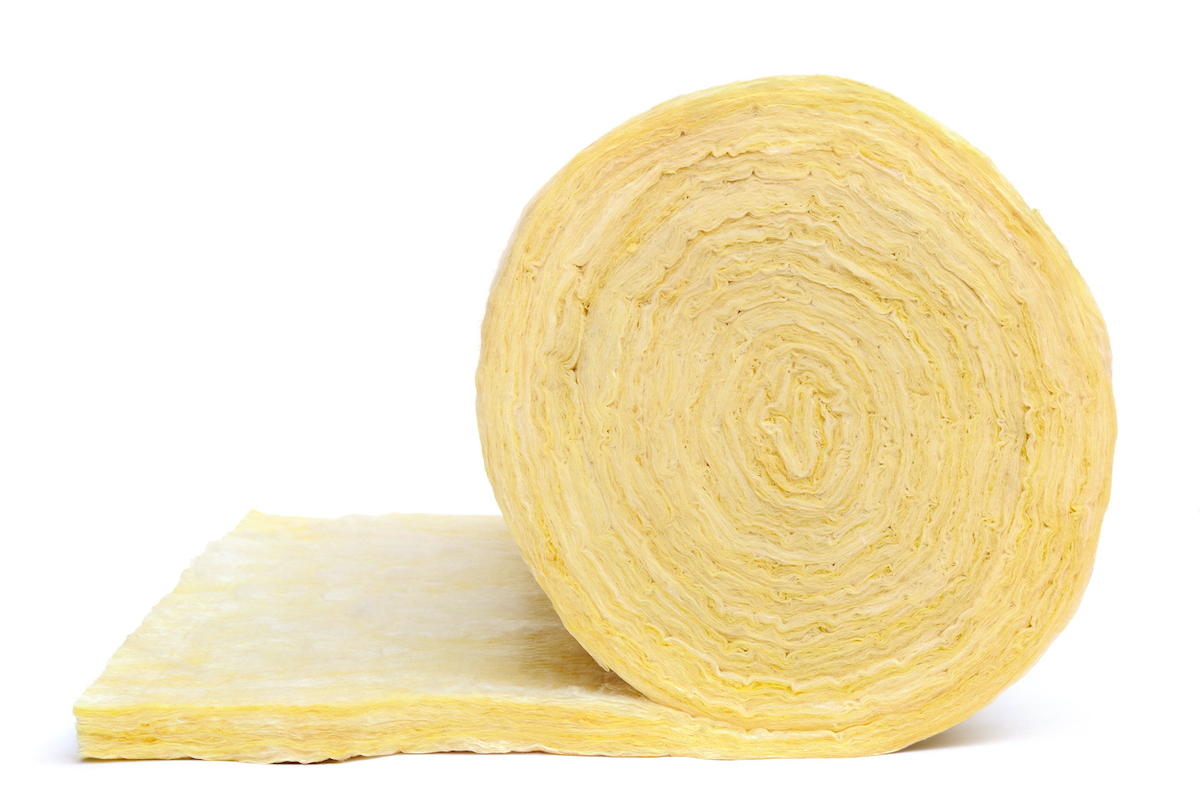

We may earn revenue from the products available on this page and participate in affiliate programs. Learn More ›
While bathtub materials vary in how well they keep bathwater warm, it’s easy and inexpensive to increase any bathtub’s heat-retaining properties with insulation. Whether the bathtub is an alcove tub, a corner tub, a drop-in tub, an undermount tub, or a walk-in tub, additional insulation will never be visible. However, its benefits will likely be felt by the bather.
Bathtub Materials
Today, the most popular bathtub materials are fiberglass or acrylic which are the most budget-friendly and light enough for the DIYer to install. They also retain heat better than the old steel tubs of yesteryear. Since steel is a natural heat conductor, it absorbs the water’s heat, making the bathwater cool off faster.
DIY Tub Hack
The idea of insulating under our new tub was given to me by a house designer friend who had dropped by to see how our long overdue bathroom reno was going. With the eyesore-inducing harvest gold fixtures now gone, she was pleased to see we’d taken her advice of opening up the space further by tearing out the floor-to-ceiling cabinet beside the tub. And, as renovations often go, one change leads to another, so she offered one more tip: Insulate underneath the new tub while we still had access.

Since we happened to have some fiberglass batt insulation leftover from a previous project, I quickly went to work before the new cabinet was installed beside the bathtub. Although our alcove-style tub was already fastened in place, I used a broom handle to push pieces of insulation inside the cavity underneath both of the long sides of the new bathtub.
For DIYers who haven’t installed their new tub yet, they could wrap and tape down some insulation pieces around the entire underside of the tub before pushing the tub into place.
RELATED: Solved! What’s the Best Bathtub Size?
Insulation Types
Available in batts or rolls, faced or unfaced, and in a variety of thicknesses, blanket insulation products are either fiberglass, cotton, mineral wool, sheep’s wool, or plastic fibers. Fiberglass insulation is the least expensive, but any of these types of insulation that are unfaced are suitable for this type of application. Not only is it inexpensive, but blanket insulation is also easy to cut into pieces that will conform to the contours of the tub—an easy project for the DIYer.

If using fiberglass insulation, it’s advisable to wear gloves and a mask since the small fibers can be an irritant to the lungs and skin. Experienced DIYers could also use spray foam insulation.
Most hardware stores stock packages of insulation meant for small projects, and one package or roll is more than enough to insulate a bathtub.

More Hot Bath Tips
- To lengthen the time before bathwater turns tepid, fill the tub with the hottest water possible. Only enter the tub when the water has cooled to a comfortable, hot tub temperature.
- Use a high-quality bubble bath product. Thick suds and bubbles on the surface of the bathwater prevent the diffusion of heat into the air.
- The best heat-retaining materials for bathtubs are enameled cast iron, stone, stone resin, or wood, and usually, these are only available in freestanding models. Therefore, they should not be insulated due to aesthetics.
